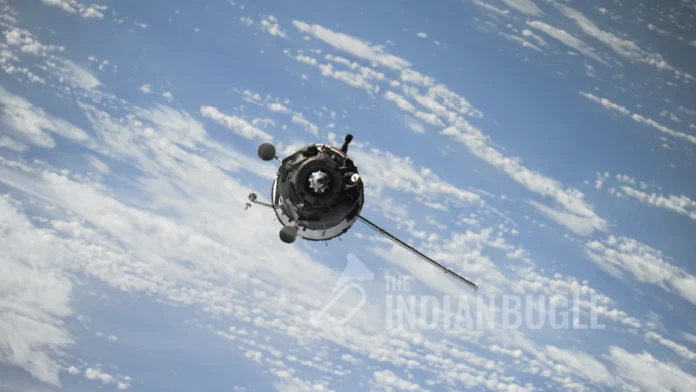January 01, 2024: India marked the beginning of the year with a historic space mission as the Indian Space Research Organisation (ISRO) successfully launched the X-ray Polarimeter Satellite (XPoSat) into orbit. This achievement follows the success of Chandrayaan-3 and Aditya L-1, solidifying India’s position in the global space exploration arena.
#Watch | PSLV-C58 XPoSat Mission launch | ISRO launches X-Ray Polarimeter Satellite (XPoSat) from the first launch-pad, SDSC-SHAR, Sriharikota in Andhra Pradesh.#XPoSat #ISRO #PSLV #Sriharikota @isro pic.twitter.com/NoMeJf11wD
— DD News (@DDNewslive) January 1, 2024
Unraveling the Secrets of the Universe
ISRO Chairman S Somanath expressed enthusiasm, stating, “The Indian Space Research Organisation is creating wealth from waste in space.” The XPoSat mission aims to delve into the mysteries of the universe by focusing on the study of black holes and neutron stars, making India the second country globally to launch an advanced astronomy observatory for this purpose.
Understanding XPoSat’s Mission
XPoSat is India’s maiden dedicated polarimetry mission designed to explore the dynamics of bright astronomical X-ray sources in extreme conditions. The spacecraft will ride on the reliable Polar Satellite Launch Vehicle, mirroring the world’s second mission of its kind, following NASA’s Imaging X-ray Polarimetry Explorer (IXPE) launched in 2021.
Key Payloads on Board
ISRO revealed that XPoSat will carry two crucial payloads into a low earth orbit. The primary payload, POLIX (Polarimeter Instrument in X-rays), will measure polarimetry parameters in the medium X-ray energy range, specifically focusing on the “degree and angle of polarization.” The secondary payload, XSPECT (X-ray Spectroscopy and Timing), will provide valuable spectroscopic information.
Mission Vision and Insights
Dr. Varun Bhalerao, an astrophysicist at the Indian Institute of Technology, Bombay, emphasized the significance of the XPoSat mission. He explained, “This is only the second mission of its sophisticated class after NASA’s 2021 mission named Imaging X-ray Polarimetry Explorer or IXPE. The mission will try to decipher the stellar remnants or corpses of dead stars.”
By studying X-ray photons and their polarization, XPoSat aims to unravel the mysteries surrounding black holes and neutron stars. Dr. Bhalerao highlighted the extraordinary gravitational force of black holes and the exceptional densities of neutron stars, emphasizing that India’s third launch in less than a year will provide insights into ultra-extreme environments in space.
ISRO’s PSLV-C58 Mission and POEM
ISRO’s Polar Satellite Launch Vehicle, PSLV-C58, is set to launch XPoSat into an eastward low-inclination orbit. Additionally, ISRO will deploy the ‘PSLV Orbital Experimental Module’ (POEM), featuring ten experiments. Notably, one highlight of POEM is the ‘Women Engineered Satellite’ (WESAT), crafted by an institute in Thiruvananthapuram, showcasing India’s commitment to low-cost, non-human space exploration.
In conclusion, India’s successful launch of XPoSat signifies a remarkable step forward in space exploration, bringing the nation to the forefront of advanced astronomy research. With this mission, ISRO continues to contribute valuable insights into the universe’s enigmatic phenomena.
